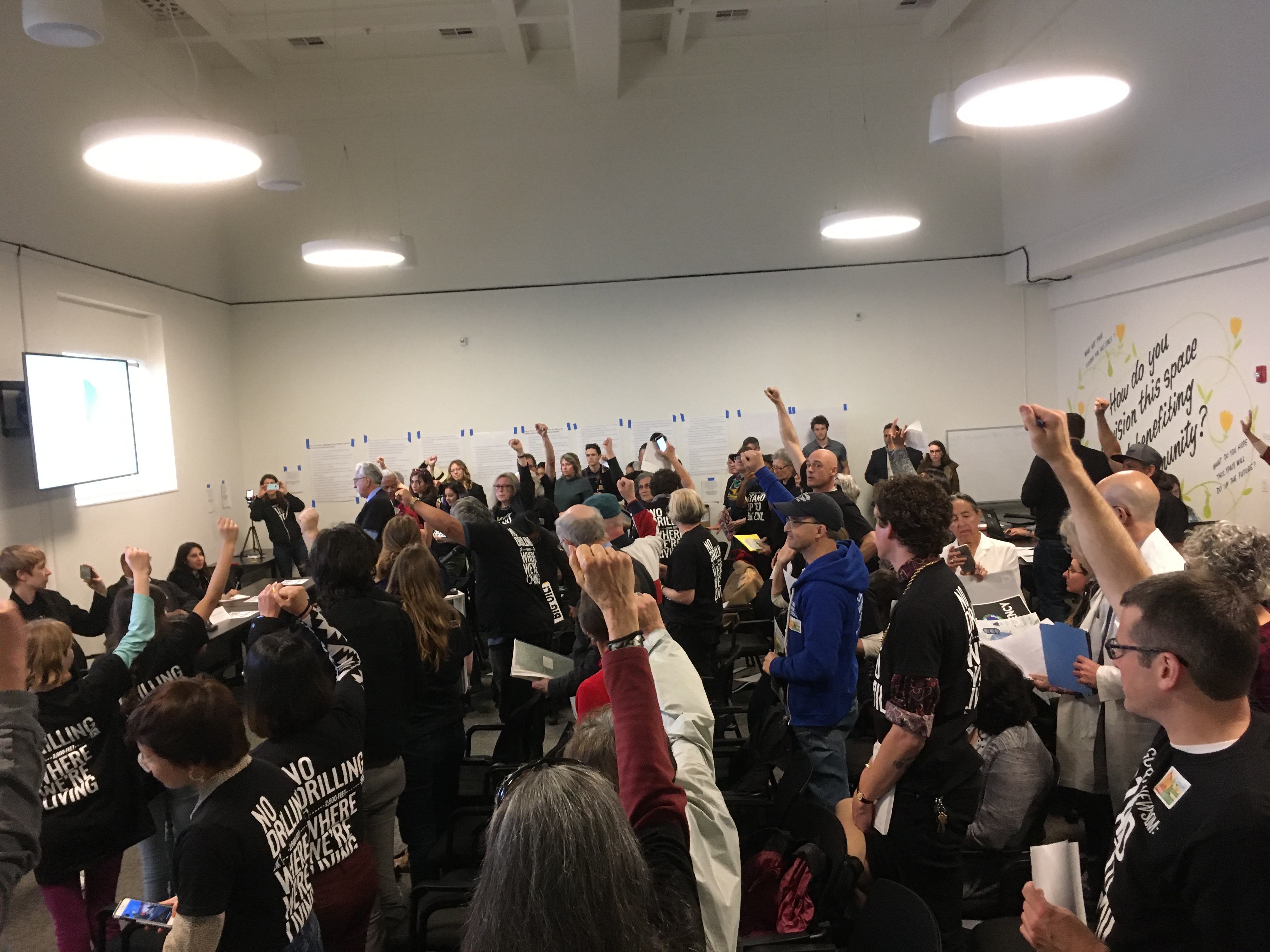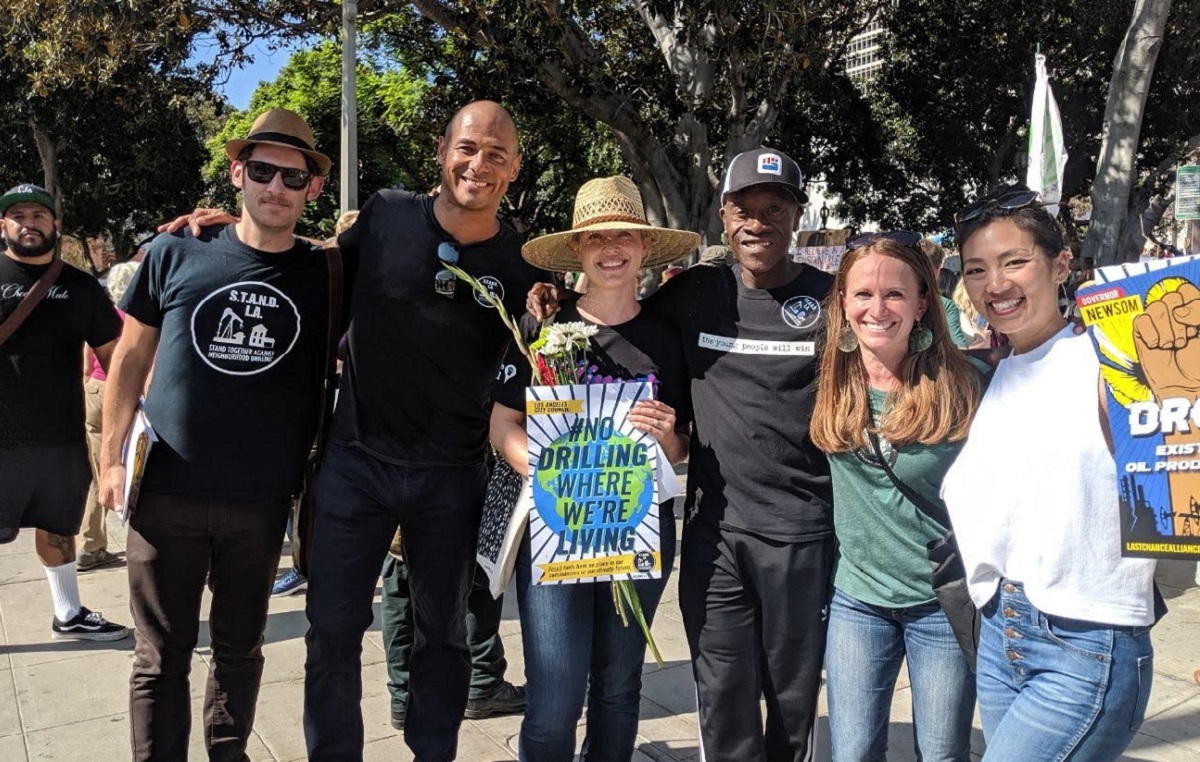Nearly five and a half million Californians live within a mile of an oil or gas well. Oil derricks are in their backyards, next to their parks and playgrounds, and visible from their schools. They’re especially prevalent in communities of color and low-income communities.
Living that close to oil and gas drilling can cause a long list of health problems, including asthma, cancer, asthma, and birth defects. Wells can even explode or spill toxic chemicals near homes, hospitals, schools, and other sensitive sites.
According to the California Council on Science and Technology, putting a buffer zone between oil and gas drilling and sensitive sites helps reduce drilling’s harmful health impacts. Studies suggest that there should be a setback of at least 2,500 feet to reduce the impact of drilling on people’s health and safety.
Now, Californians have the opportunity to make protective setbacks a reality. Last November, Governor Newsom directed the state agency CalGEM (California Geologic Energy Management) to draft its first-ever public health and safety rule. Alongside the more than 700 organizations in the Last Chance Alliance, including the Center for Race, Poverty & the Environment, Central California Environmental Justice Network, and the Alliance of Nurses for Healthy Environment, the Sierra Club is calling for CalGEM to use this opportunity to institute a 2,500-foot buffer zone between California families and dangerous drilling.
Instituting these setbacks is a necessary first step toward protecting those put most at risk by the oil and gas industry. And the Sierra Club and our allies are determined for this rule to lead to a managed decline of oil production in the state. Oil and gas drilling does more than harm people’s health. Fossil fuels are why California’s wildfires keep getting bigger, hotter, and more damaging. They’re helping to push California into drought once again. This state -- one of the nation’s largest oil producers -- needs a just transition away from fossil fuels.
Since February, CalGEM has been holding public workshops to determine what the new health and safety rule will look like. Hundreds of people at the Arvin, Bakersfield, Santa Maria, and Oakland workshops called for a 2,500-foot buffer between homes and oil derricks. During the Oakland workshop, nearly the entire room stood up when one speaker asked for a show of support for the setbacks.

Photo courtesy of Monica Embrey
The fossil fuel industry isn’t resting during this pandemic, so we can’t either. In early April, CalGEM approved its first fracking permits in nine months. Fracking not only pollutes our water and contributes to the climate crisis. It also releases toxins into our air. According to new research from Harvard University, exposure to air pollution makes people more likely to die from COVID-19. That’s one reason why people of color and low-income people, who are more often forced to live near polluting facilities, are dying from COVID-19 at disproportionate rates.
The harms posed by environmental injustice are more obvious than ever. Now is the time to take a stand for public health and against the reckless, unsafe placement of oil and gas wells. You can send in a public comment right now. Tell California decision-makers: Especially during a public health crisis, Californians need protection from the fossil fuel industry’s toxic emissions.
